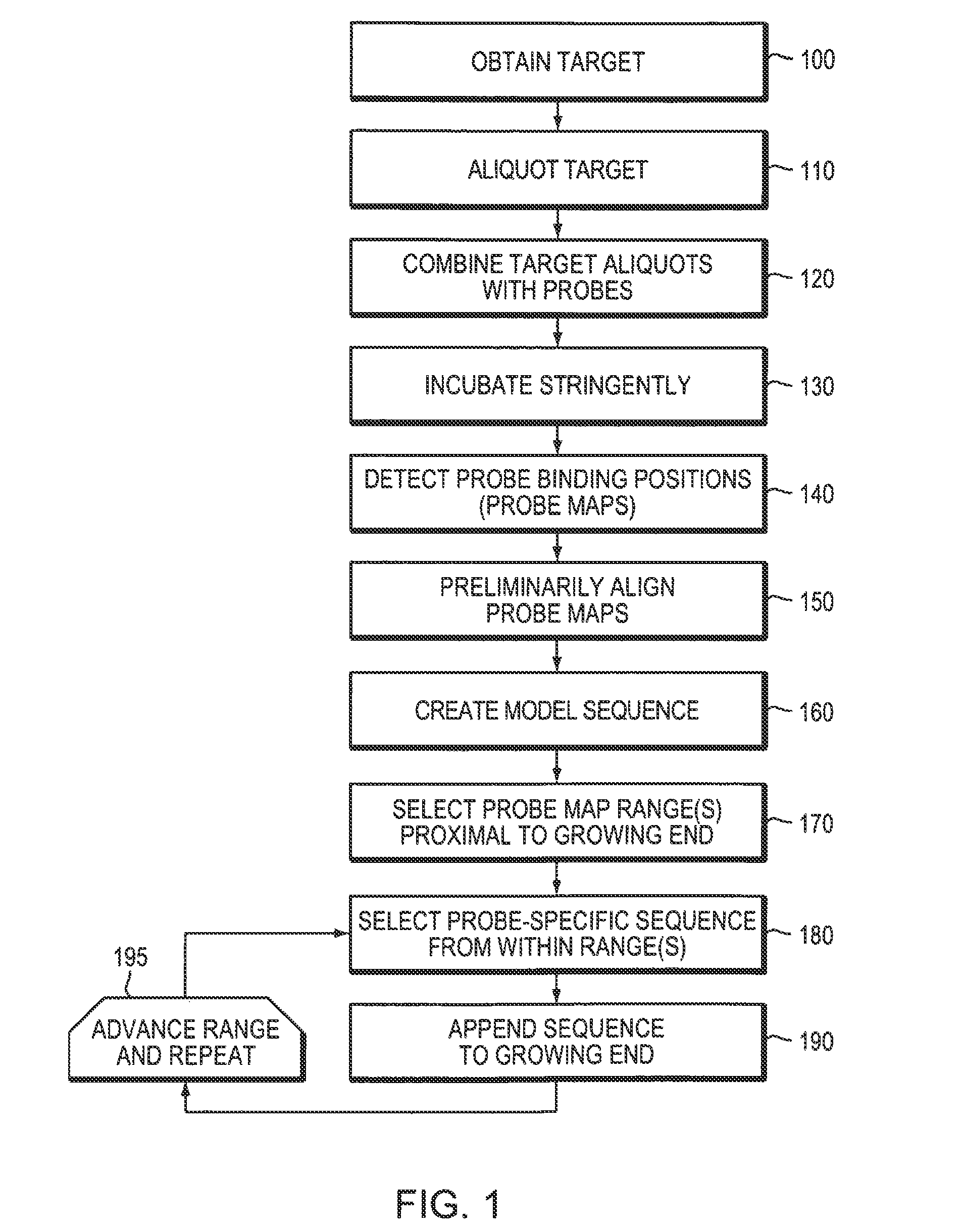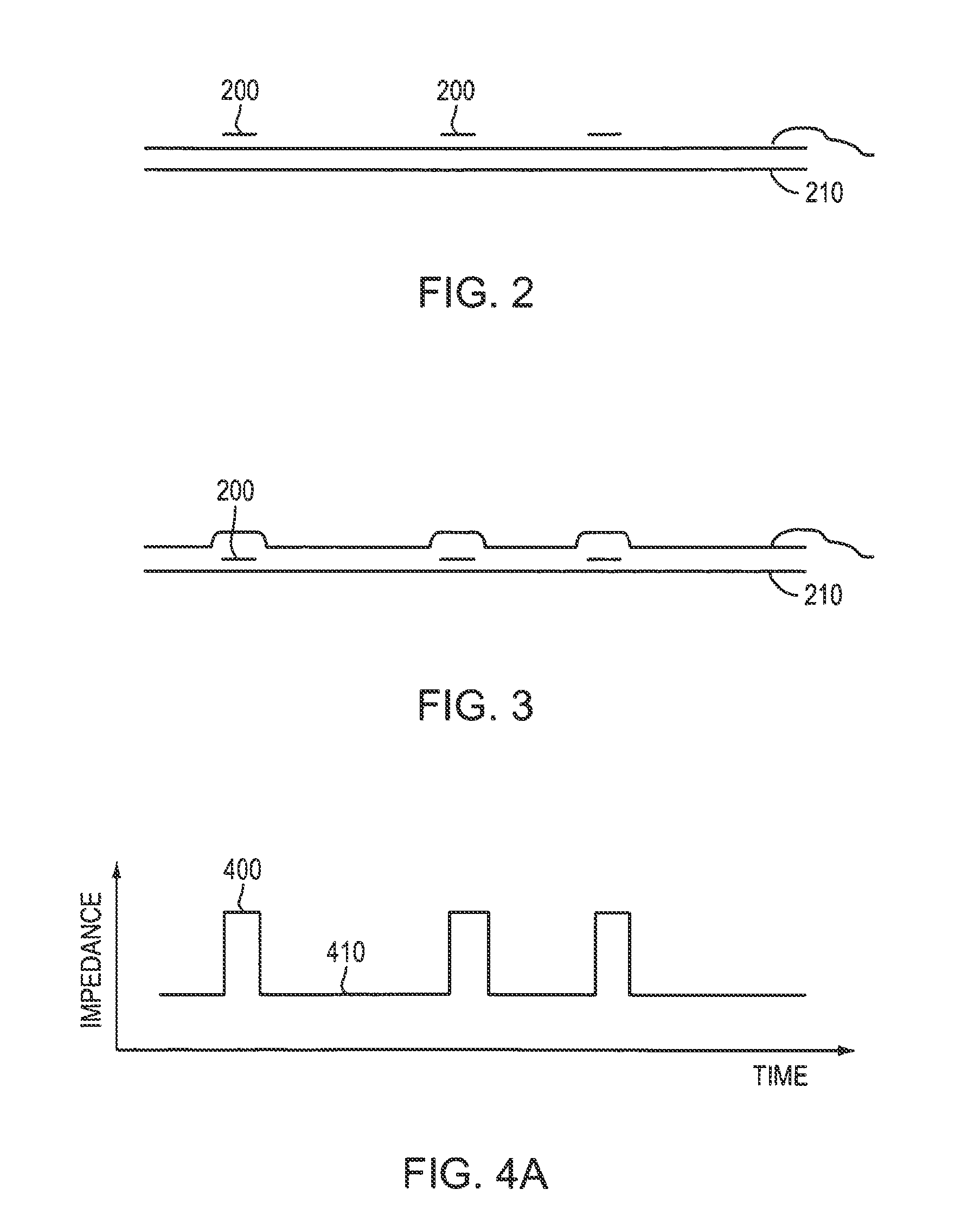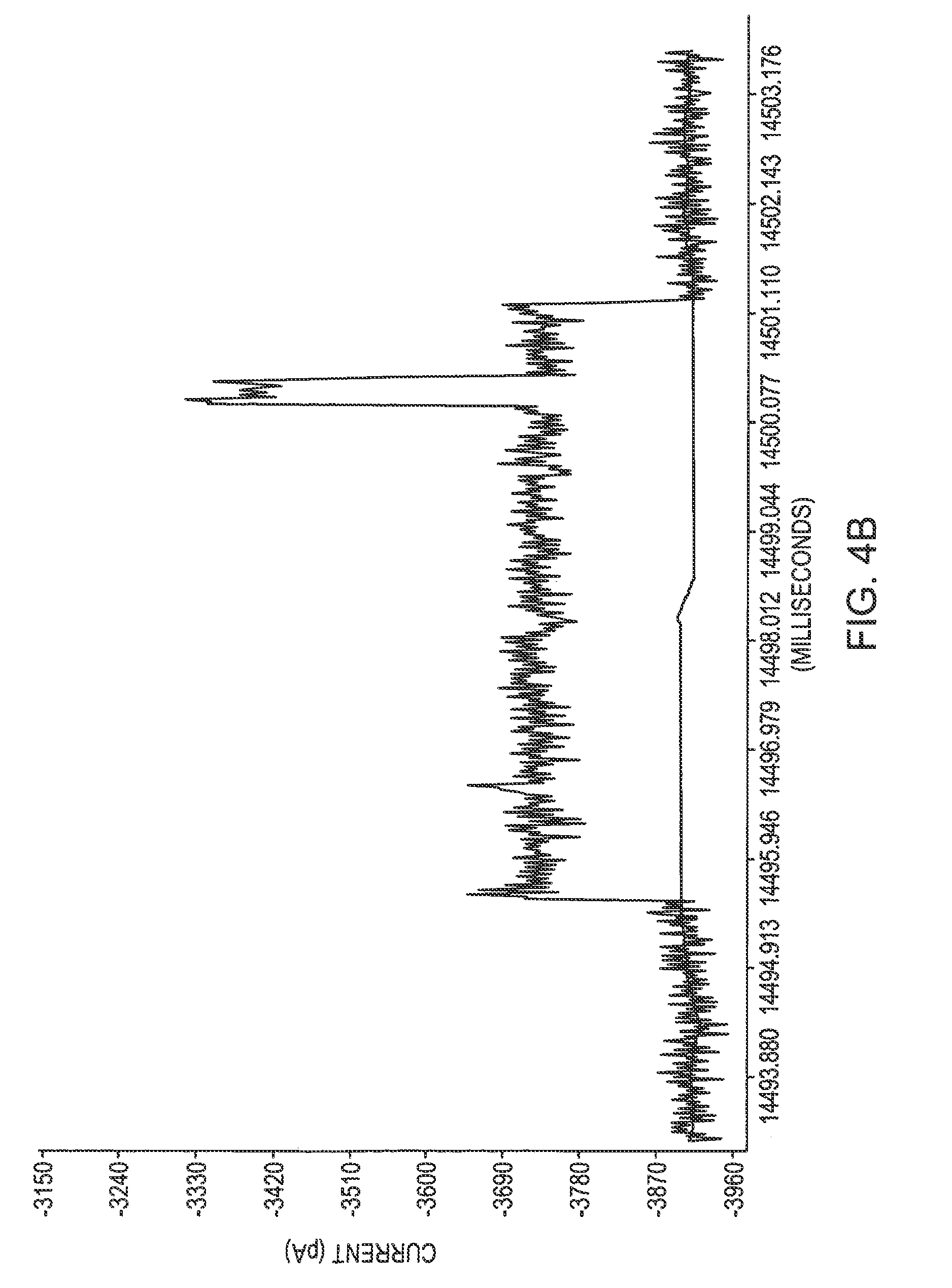Biopolymer Sequencing By Hybridization of probes to form ternary complexes and variable range alignment
a technology of biopolymer and hybridization probe, applied in the field of biopolymer sequencing, can solve the problems of single-stranded biopolymers that tend to self-hybridize and fold into secondary or higher-order structures
- Summary
- Abstract
- Description
- Claims
- Application Information
AI Technical Summary
Benefits of technology
Problems solved by technology
Method used
Image
Examples
Embodiment Construction
[0061]As used in this description and the accompanying claims, the following terms shall have the meanings indicated, unless the context otherwise requires:
[0062]A “target” means a biopolymer, for example, having sequence information which is to be determined using embodiments of the present invention;
[0063]A “probe” means any molecule or assembly of molecules capable of sequence-specific covalent or non-covalent binding to a target molecule;
[0064]In connection with a target bound to one or more probes, a “ternary complex” means a complex formed from three or more complementary biomolecules. For example, a complex of two complementary strands of DNA (i.e., double-stranded DNA or dsDNA) with a third probe strand is a ternary complex. Higher order complexes also include ternary complexes; for example, a complex of double-stranded target DNA with two probe molecules bound to the same stretch of sequence, with two probe molecules bound to each other and in turn to a stretch of sequence,...
PUM
| Property | Measurement | Unit |
|---|---|---|
| diameters | aaaaa | aaaaa |
| volumes | aaaaa | aaaaa |
| current | aaaaa | aaaaa |
Abstract
Description
Claims
Application Information
 Login to View More
Login to View More - R&D
- Intellectual Property
- Life Sciences
- Materials
- Tech Scout
- Unparalleled Data Quality
- Higher Quality Content
- 60% Fewer Hallucinations
Browse by: Latest US Patents, China's latest patents, Technical Efficacy Thesaurus, Application Domain, Technology Topic, Popular Technical Reports.
© 2025 PatSnap. All rights reserved.Legal|Privacy policy|Modern Slavery Act Transparency Statement|Sitemap|About US| Contact US: help@patsnap.com



